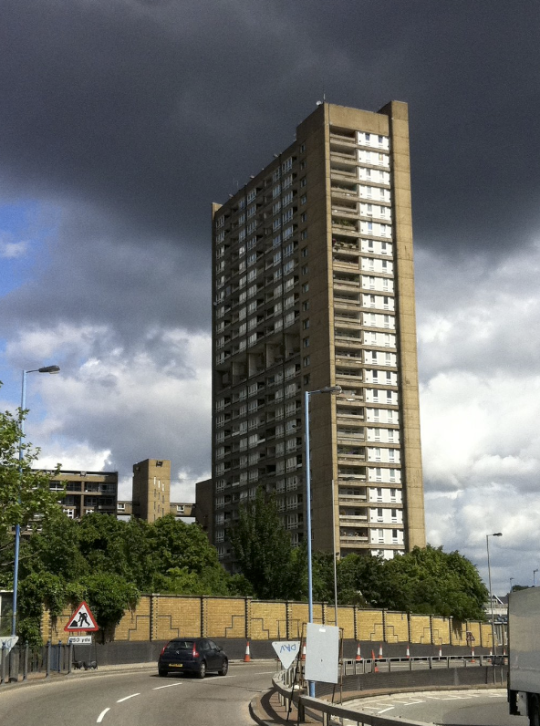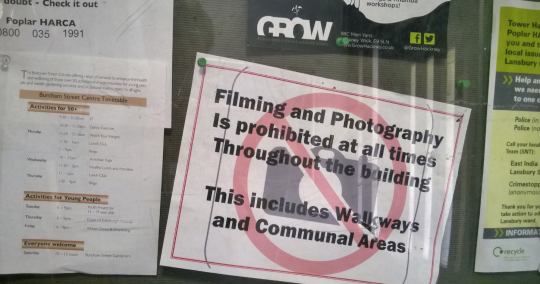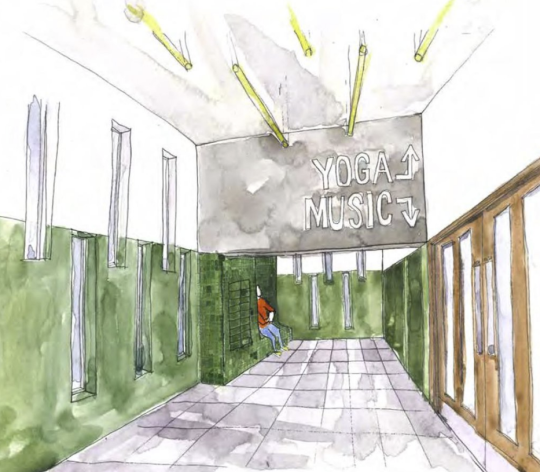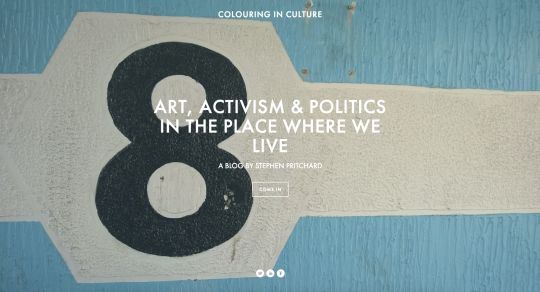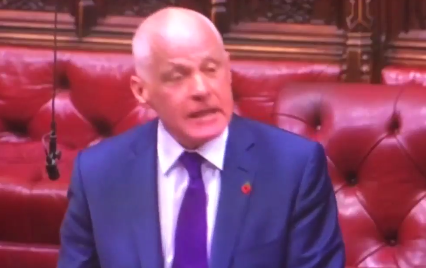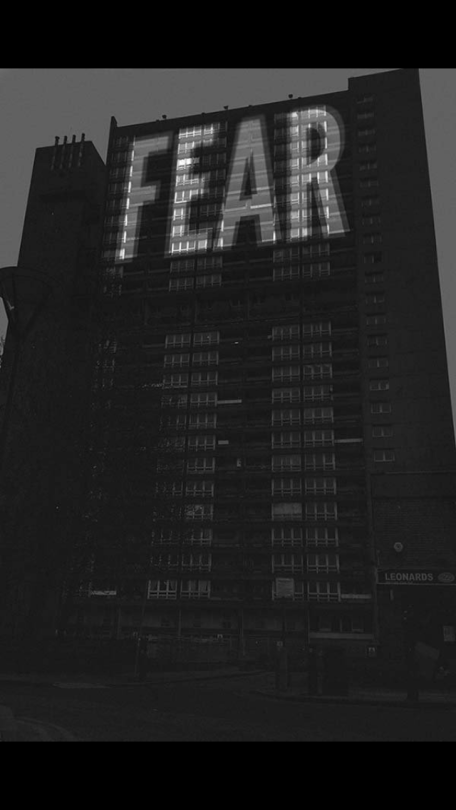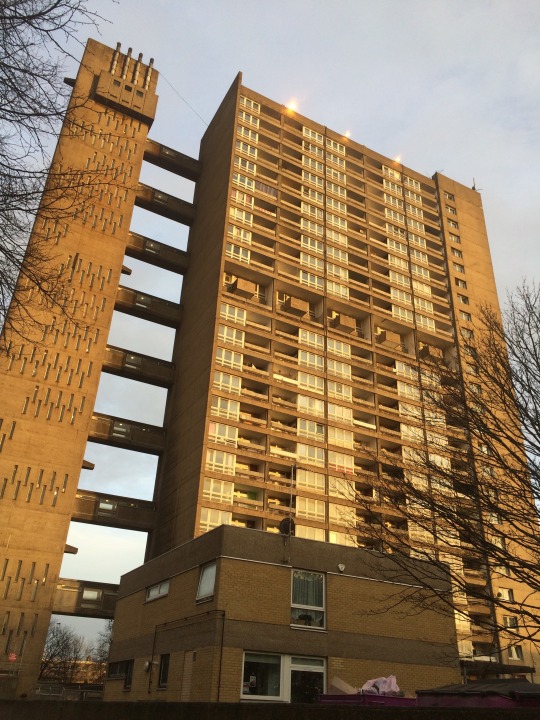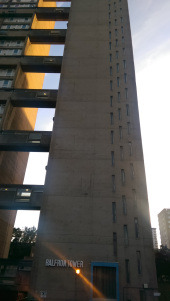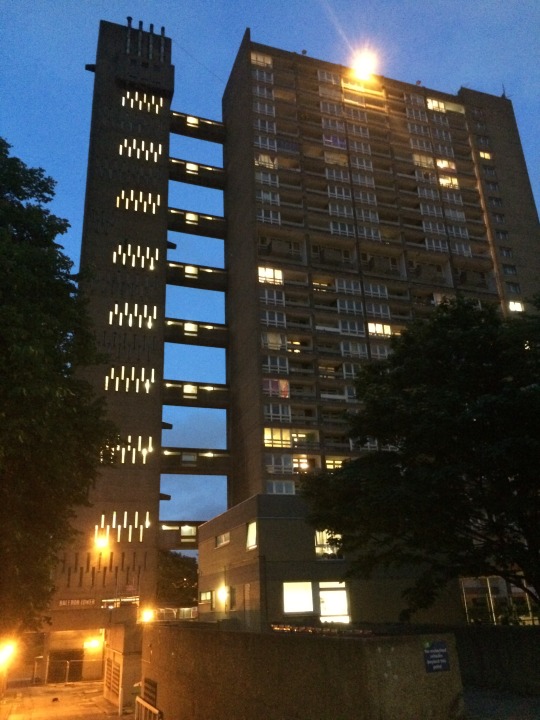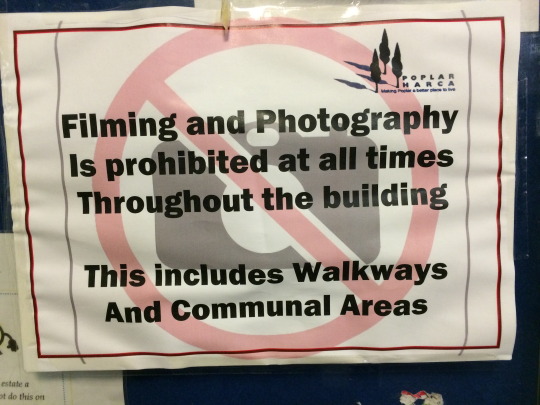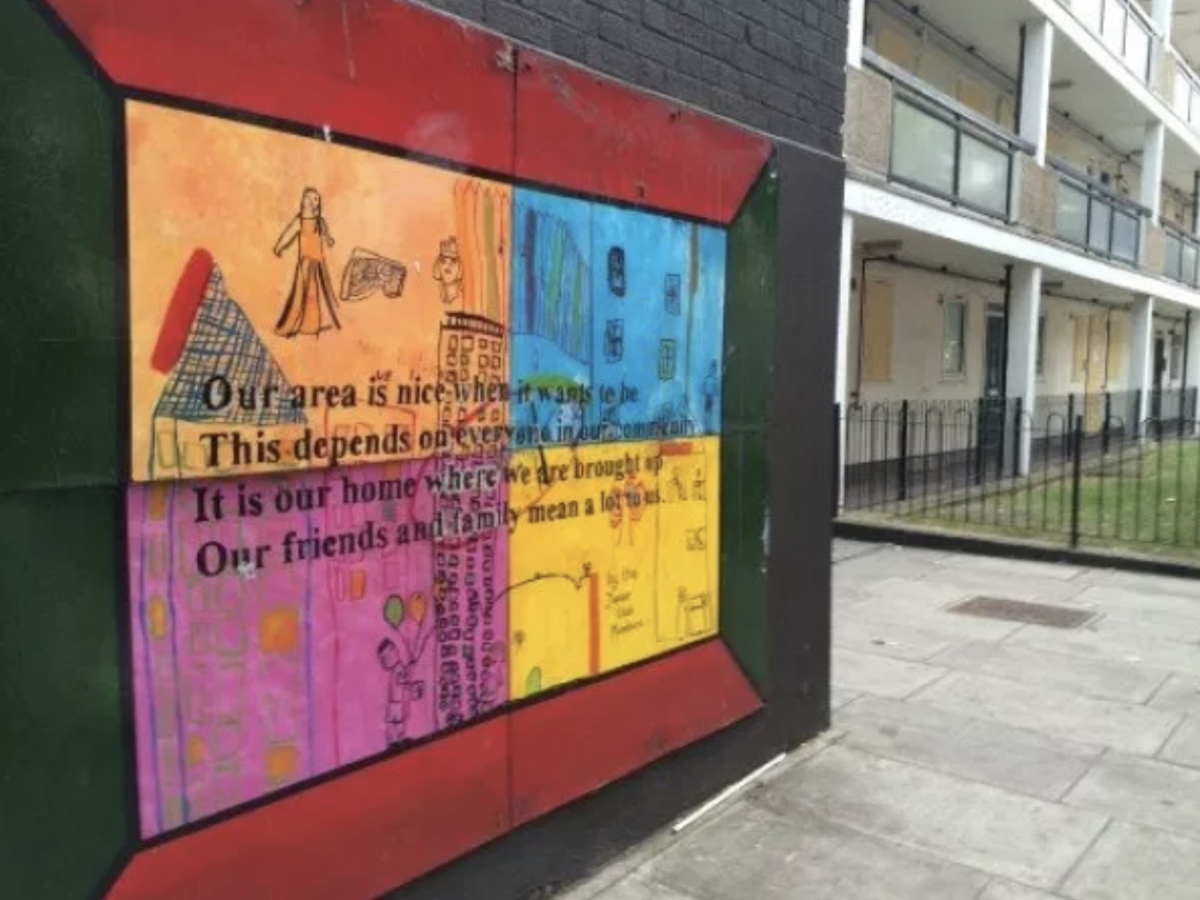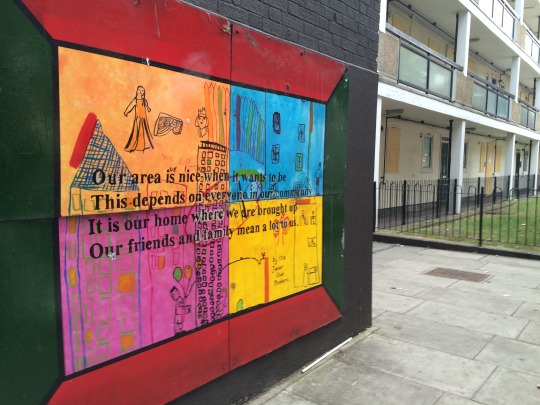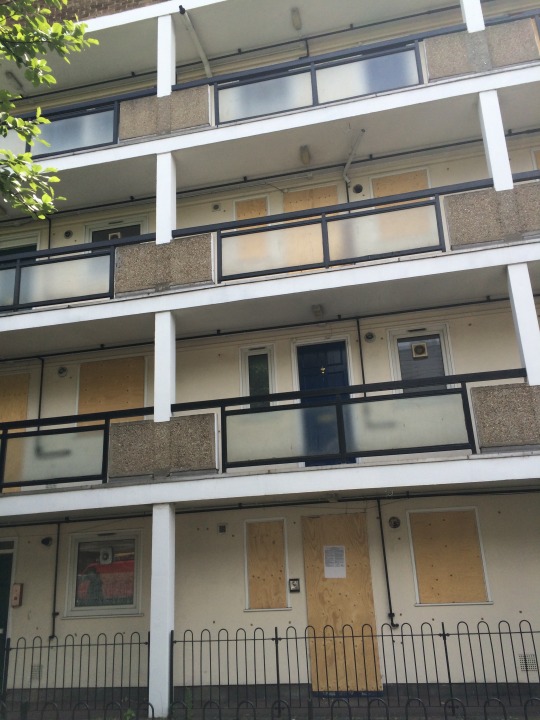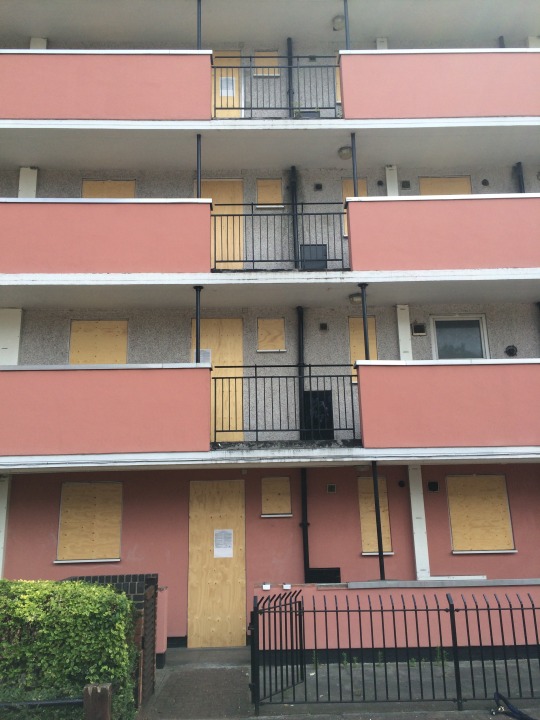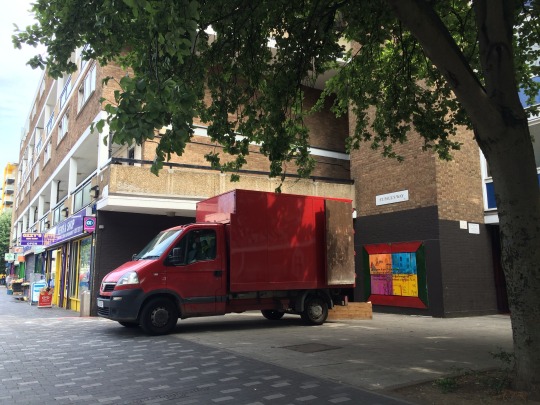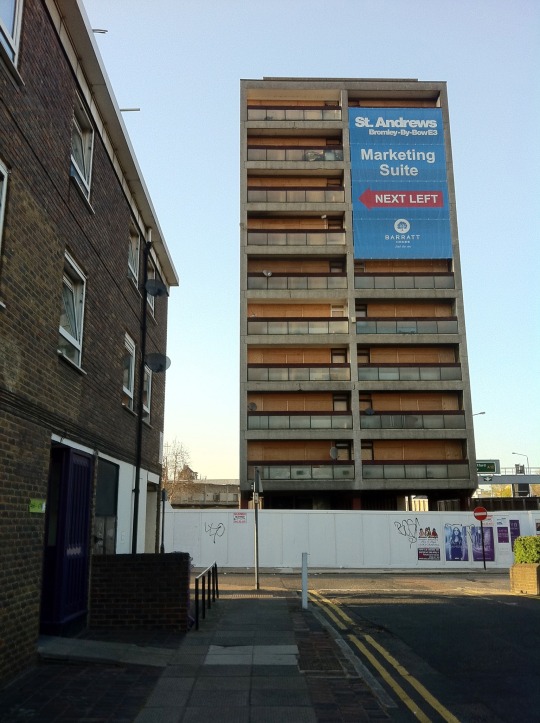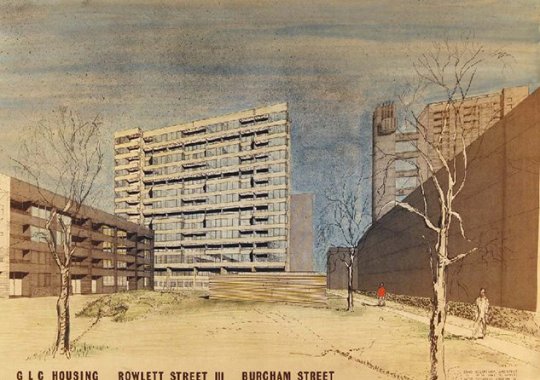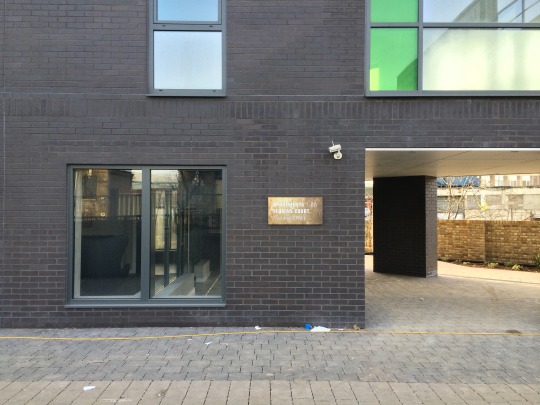It is now three years to the day since publicly funded
“charity” Bow Arts evicted me from my home and studio in Balfron
Tower, sabotaged my residency at UCL and subsequently went on to try and evict
me from my new studio at Acava, sent press releases defaming my character with the
intent to stop me from working or talking about my art practice to anyone who
would employ me, including major Universities, and encouraged other artists,
who will remain nameless for the time being, to help to sabotage my career in
exchange for favours from bow arts (all fully documented).
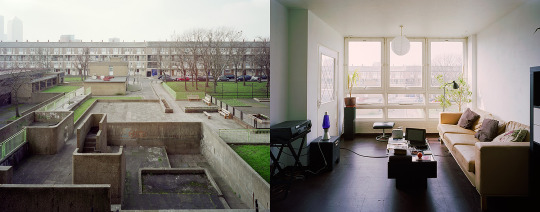
Why did they do
this? Because I found evidence against them that they had been illegally making
themselves charitable “donations” from artists rents, and then funnelling
it through illegal tax evasion schemes, and I questioned them about it. Instead of helping artists, in the ways they write about in their glossy PR when claiming the £400k given to them by Arts
Council England in 2013, bow arts were acting like ruthless slumlords and were failing to provide even basic support for artists. I am simply not prepared to “give” these
crooks a £2k “donation” per year, when they had actively worked
against me and done nothing at all for me other than simply being my landlord,
and a shit one at that. Using artists to socially cleanse Balfron Tower to
dismantle its working class community so that the flats could be sold off to
rich investors is not something I am prepared to remain silent about, nor shall
I. My work with so many of the towers residents allowed me to witness first
hand a ruthless process of artwash and social cleansing that nobody with a
conscience could remain silent about, yet where those that do speak out are
bullied, marginalised, criminalised and attacked.
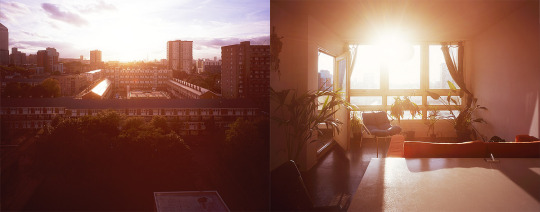
Despite the
overwhelming dossier of evidence I gathered against bow arts, described by one
Crown Court judge as “high-end litigation”, bow arts continue to
operate in the same nasty manner, and attempts to have them held accountable
for their criminal actions and revenge evictions, have so far resulted in
nothing but cover-ups. This included cover-ups after I followed all the
official complaints procedures, in addition to the charities commission, HMRC
& the police. An estimated £2 million was illegally stolen from artists by
bow arts between 2011 & 2014. The money they stole from me and subsequent
revenge eviction, including the retention of my £720 tenancy deposit, saw me
remain homeless for over two years after my eviction, including living in my
car and then a squat with no power or water, where I was subsequently
hospitalised. Welcome to the friendly face of charity in the UK, in bed with
property developers and social cleansers, raising money from working class
communities through lottery sales, only to use the proceeds to fund the
dismantlement of the very same communities. Apparently they call it
“socially-engaged art”.
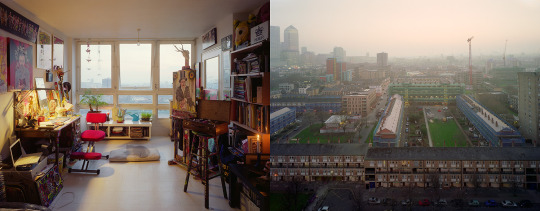
I, along with a
number of others from Balfron Tower have been working with a journalist to
expose the widespread corruption at Bow Arts since May 2016 and they are now under formal
investigation by the government’s fundraising regulator for charity tax fraud
and tax evasion, an investigation that has been ongoing since June 2016. Once
the government regulator rules, all artists that have made bow arts any
“charitable donation”, should be able to claim this money back, regardless
of whether they signed the waiver that bow arts forced many artists to sign in
2015, to try to cover up the fraud and (illegally) waive them of their criminal
actions.
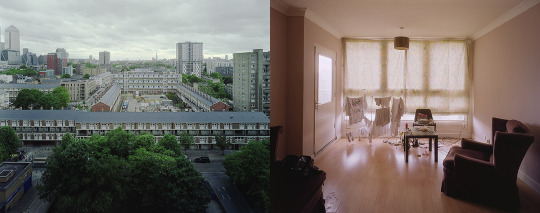
I maintain the same
demands I had when bow arts evicted me in 2014 and attempted to destroy my
career that they did absolutely nothing to assist with: that the directors of bow
arts, Marcel Baettig and Michael Cubey, be held personally accountable for the
fraud that they oversaw, sanctioned, and tried to conceal; be sacked and face
prosecution for tax fraud and tax evasion, and face subsequent bans from
holding directorships of any charities. I also demand that bow arts be
restructured to include a minimum of 50% artists on the board of trustees,
instead of 0%, as they seem to prefer.
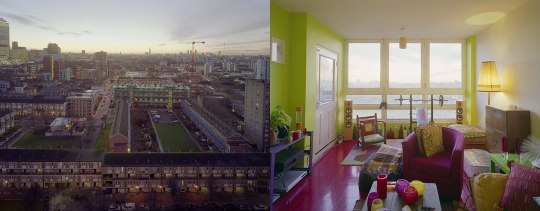
I now understand
that my current studio landlord, Acava, are proposing to join forces with bow
arts to host open studios in June this year. I am 100% opposed to any
collaboration with bow arts, under any circumstances. It is not acceptable to
force those of us who choose to have a social conscience to work with such a questionable organisation which can
only bring their bad reputation down upon all of us. I will be
extremely vocal about any forced co-operation with bow arts through my studio
providers potential imposition that we work with these thieves and
charlatans.
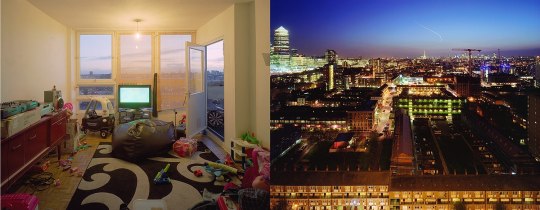
It’s time that
those in the art world stop using artists as pawns for property developers. We
will no longer stand by silently as corrupt organisations like bow arts co-opt
artists to artwash the dismantlement of entire working class communities so
their homes can be redeveloped for the rich.
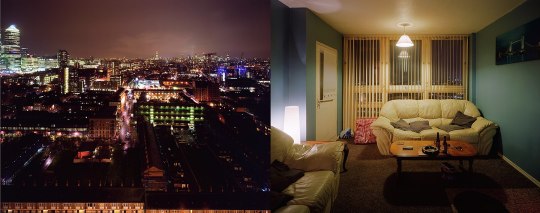
All images are from Inversion/Reflection: Turning Balfron Tower Inside Out by Rab Harling
Rab Harling
for
Balfron Social Club
11 February 2017


